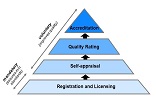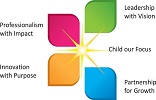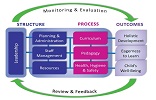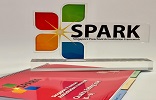Q
uality Rating Model
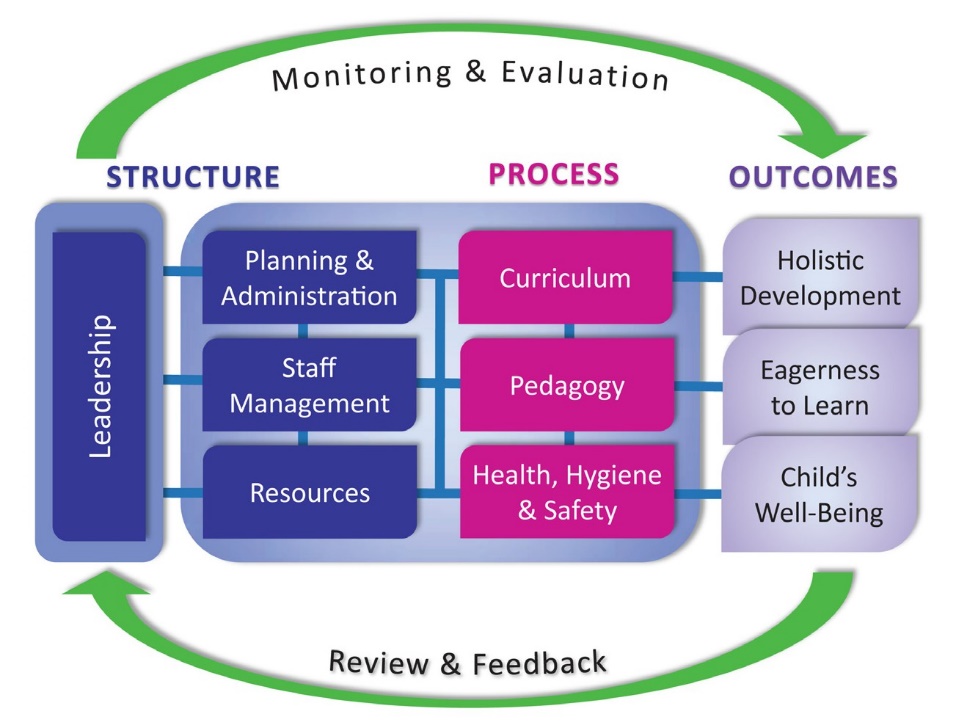
The Quality Rating Model shows that with leadership as the driver, there can be effective planning, administration, and management of staff and resources. These promote a safe and secure environment where an engaging curriculum can be delivered through
effective pedagogies. These structures and processes in turn enable the following outcomes of preschool education to be achieved:
- • Holistic Development
- • Eagerness to Learn
- • Child's Well-being
Holistic Development
At the heart of any preschool curriculum is the child. The curriculum should recognise and value every aspect of a child’s development (i.e. cognitive, emotional, social, physical, artistic and creative potential) in order to maximize the potential
of each child. This could be done through meaningful interdisciplinary activities which cover the following 6 learning areas: aesthetics and creative expression, discovery of the world, language and literacy, motor skills development, numeracy, and
social and emotional development.
Eagerness to Learn
Young children learn to make sense of the world around them through active exploration of the environment. When children are actively involved in learning, they are creating the mental structures that help them to think and progress to the next level
of understanding. Skilful teachers provide engaging learning experiences that support the children’s propensity to learn by fostering their curiosity and excitement in developing new skills and knowledge.
Child's Well-being
The well-being of children is fundamental to their development and ability to learn. In order to ensure children’s well-being, preschools should maintain a good standard of hygiene, and provide a safe and caring environment. This cultivates healthy
habits and develops positive social and emotional skills in children.
